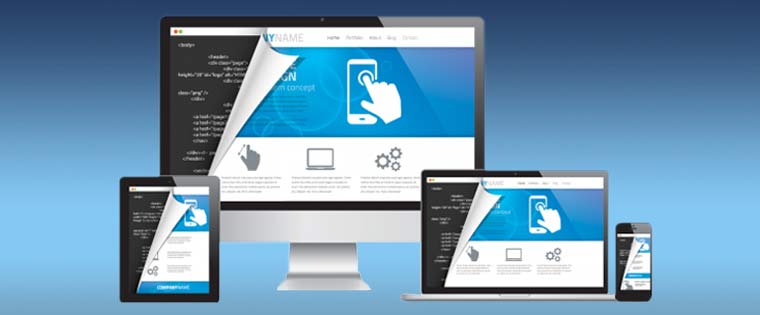Proofreading and Editing for Quality E-learning Output

E-learning courses need appropriate proofreading and editing to lend a professional touch to the output. Not reviewing content before releasing it to the client can lead to avoidable mistakes which come across as unprofessional, and can seriously undermine the brand value and worth of the courses, and thereby the reputation of the vendor. It is well expected that clients who pay you for the product would want you to be as close to perfection as is realistically possible. Proofreading adds value to a product by eliminating annoying distractions that can put-off online learners.
It is often admitted that good proofreading makes the difference between a really effective piece of writing, and one that confuses, bores, and even alienates learners. It is an unavoidable, pedantic and dreaded task, which polishes a product to perfection, to sustain learner attention and interest. A leading website, bringing out the importance of proofreading states “tripping, stumbling, and hesitating over misspelled words or ill-placed punctuation is like watching a TV show with a shaky cable signal or trying to talk while a cell phone connection is breaking up — the reader is jostled right out of the story the writer is telling. ”One cannot argue or ignore the aptness and correctness of this argument!!
Today let us check 5 selected points that need to be taken into account when proofreading and editing e-learning courseware:
1. Identify and Address Common Mistakes
Proofreaders should identify and make a list of the common mistakes committed by team/individuals. By noting common errors related to spellings, subject-verb agreement, grammar usage, etc., one can be better prepared to spot such glaring errors immediately. If you recognize the most common errors, it can help you be efficient and effective at proofreading. For example, confusion about using apostrophes with plural and possessive words (for example: interactivities help grab a ‘learners’ attention, instead of a learner’s attention) is a common but major blunder that can cause damage to your brand value. Such glaring errors can often be a major dampener.
2. Be Concise and Precise
Cutting down and trimming lengthy sentences to make your point in short and uncomplicated sentences is key to create effective e-learning modules. Attention is to be paid to not only what is written but also to how and the manner in which content is presented. Content has to be made concise by breaking up or shortening sentences. It has to be kept in mind that lengthy sentences don’t work well in a self-paced learning environment; they can lead to cognitive overload. Sentences should always be short and simple, to hold learners’ attention.
Using alternative presentation techniques such as numbering, bullets, short paragraphs, etc., to make content more coherent and digestible is an important responsibility of the editor and proofreader. Wordiness is a problem, and it is the editor who has to keep an eye out for complex sentences.
3. Attention to Technical Content
Care has to be taken to ensure that complicated or complex technical or scientific subject matter does not get distorted or misrepresented. Basic points of technical content have to be accurate and clear. Seeking clarifications from experienced subject matter experts is essential to ensure the content presented is clearly and explicitly. Apart from seeking clarification by checking with SMEs, proofreading also requires that spellings, meaning, and usage be crosschecked using dictionaries or the Internet, to avoid errors of representation.
4. Special Radar for Homonyms, Contractions, and Apostrophes
Proofreading has to take special care to ensure the correct usage of words. Inter-usage of homonyms (words with the same spelling or pronunciation, but different meanings) such as ‘complement’ with ‘compliment’ can be disastrous and displays shoddiness and tackiness. Inappropriate usage of their and they’re, its and it’s, your and you’re, and so on definitely hurts the credibility of the course. Editing and proofreading definitely has to grant special attention toward these commonly made errors to avoid damaging reputation.
5. Punctuation Check
As pointed out in the blog on style guides, formatting and punctuation are important factors in creating a polished and elegant output. Proofreading thus has to take special care to ensure uniformity and conformity in capitalization, the correct usage of commas and periods, etc. Paragraph spacing, text wrap, indentations, spaces above and below a bulleted list or between subheadings and text, and more, need to be checked for correctness and consistency.
Concentration, re-reading, reading backward, etc., are important methods of proofreading. Command on the subject and familiarity with the context of presentation are essential to make needed adjustments at the proofreading stage. While a number of apps are now available for proofreading, it essentially remains a human activity that requires knowledge and understanding to verify and present content correctly and contextually.




![5 Tips to Future-Proof Your eLearning Courses [Infographic]](https://blog.commlabindia.com/hubfs/Imported_Blog_Media/elearning-future-proof-strategies.jpg)
